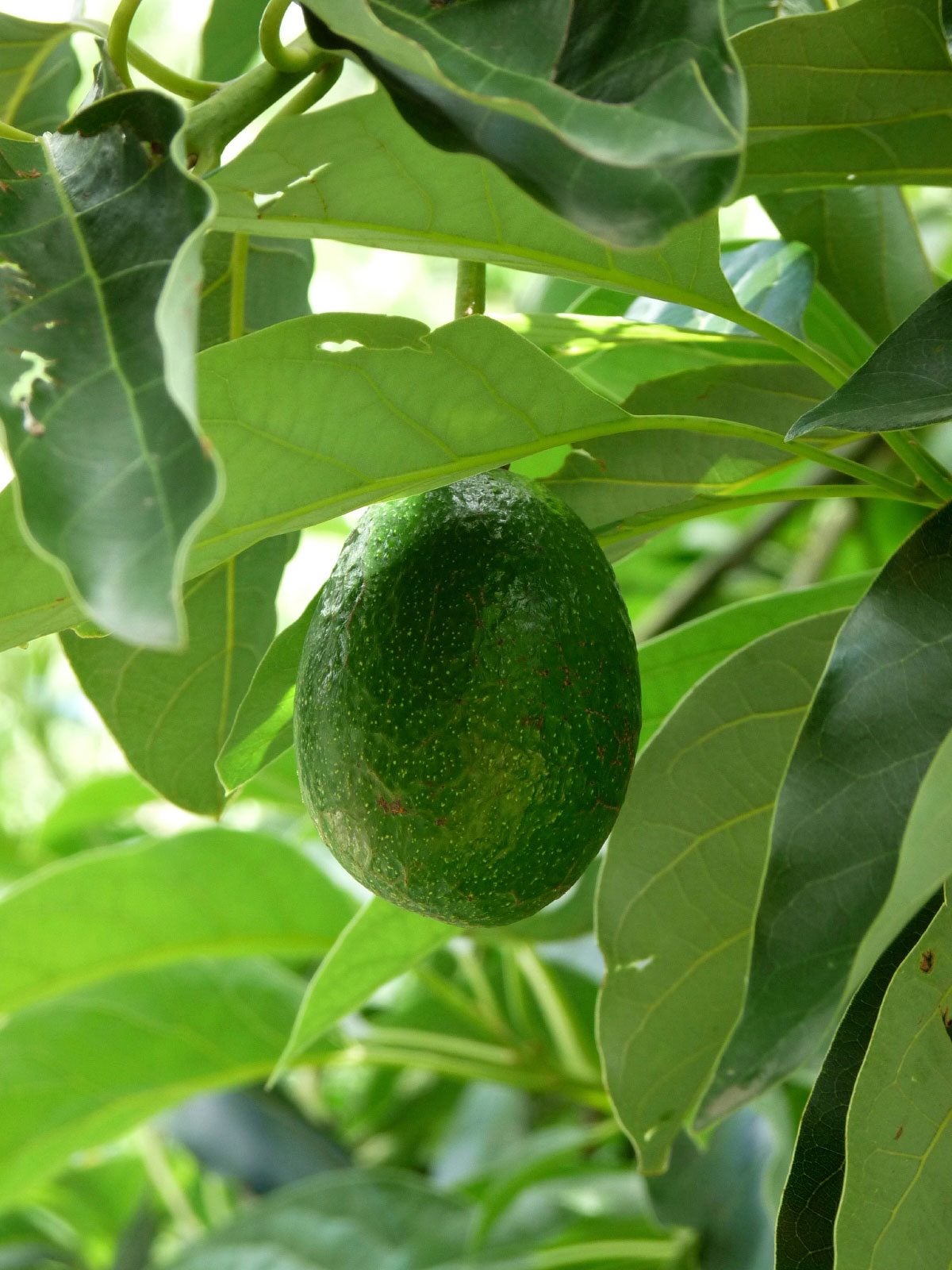Pollinating Avocado Trees: How To Cross Pollinate An Avocado Tree

Pollinating in avocado trees is a unique process. A mature tree may produce over one million blooms over its lifetime, hundreds of them during any one season. So, do avocado trees cross pollinate? Let's find out.
Cross Pollination in Avocados
Pollinating in avocado trees is, indeed, the result of cross pollination in avocados. The flowers of the avocado tree are referred to as perfect, meaning they have both male and female reproductive organs. The blooms are yellow green, ½ inch (1 cm.) across and born in clusters or panicles of 200 to 300 near the end of the branches. Of these hundreds of blooms, about five percent are sterile. Despite the multitudes of blooms, only one to three fruits will develop from these panicles. There are two types of avocado flowers, referred to as A and B. Each variety of avocado tree will have one or the other type of bloom. The trees flower in a manner known as “synchronous dichogamy.” This means bloom time for male and female flowers is distinct. Type A female flowers are receptive to pollen in the morning and male blooms shed pollen in the afternoon. Type B flowers are receptive to pollen in the afternoon and their male blooms shed pollen in the morning. This means that maximum yield occurs with avocado cross pollination between type A and type B. So how do you cross pollinate an avocado tree to encourage optimal fruit set?
How to Cross Pollinate an Avocado Tree
Avocado cross pollination can be encouraged if both varieties (A and B type) of flowers are present. Both of these varieties of avocado need to be blooming at the same time and, of course, there must be pollinators around to lend a hand in fertilization. Additionally, day and night temperatures must be suitable for flowers to be fertilized properly. Overly cold temps affect the number of pollinators which will visit the flowers and carry pollen from male to female for successful fertilization, as do intense winds or rain. However, cool night temps are needed to induce blooming. Pollination is most likely when temperatures are between 65 and 75 degrees F. (18-23 C). As with everything in nature, there is a delicate balance. While many avocado trees will self-pollinate, they will fruit better if cross pollinated with a different type. Therefore, it is advisable to plant a type A and a type B at least 20 to 30 feet (6-9 m.) apart. Type A avocado trees include:
- Hass
- Pinkerton
- Gwen
Type B avocado varieties include:
- Fuerte
- Bacon
- Zutano
If you are still not seeing fruit set after following all of the above, keep in mind that some cultivars bloom and set fruit in alternate years. Also, in general, avocados take their sweet time. Fruit development can take anywhere from 5 to 15 months, so it may just be a matter of being patient. Anything this good is worth waiting for!
Gardening tips, videos, info and more delivered right to your inbox!
Sign up for the Gardening Know How newsletter today and receive a free copy of our e-book "How to Grow Delicious Tomatoes".

Amy Grant has been gardening for 30 years and writing for 15. A professional chef and caterer, Amy's area of expertise is culinary gardening.
-
 Zinnias On Repeat: 10 Glorious Cut-And-Come-Again Varieties For Endless Summer Bouquets
Zinnias On Repeat: 10 Glorious Cut-And-Come-Again Varieties For Endless Summer BouquetsThese zinnia varieties keep giving all summer, making them the perfect choice for dedicated cutting gardens – or just the occasional homegrown bouquet.
By Ellen Wells
-
 Create A Romantic Garden Straight Out Of Bridgerton: Regency Era Romance In Your Garden
Create A Romantic Garden Straight Out Of Bridgerton: Regency Era Romance In Your GardenTry some romantic garden ideas straight out of Bridgerton. Flowers and gardens in the Regency era were lush and charming and you can get the same look!
By Bonnie L. Grant